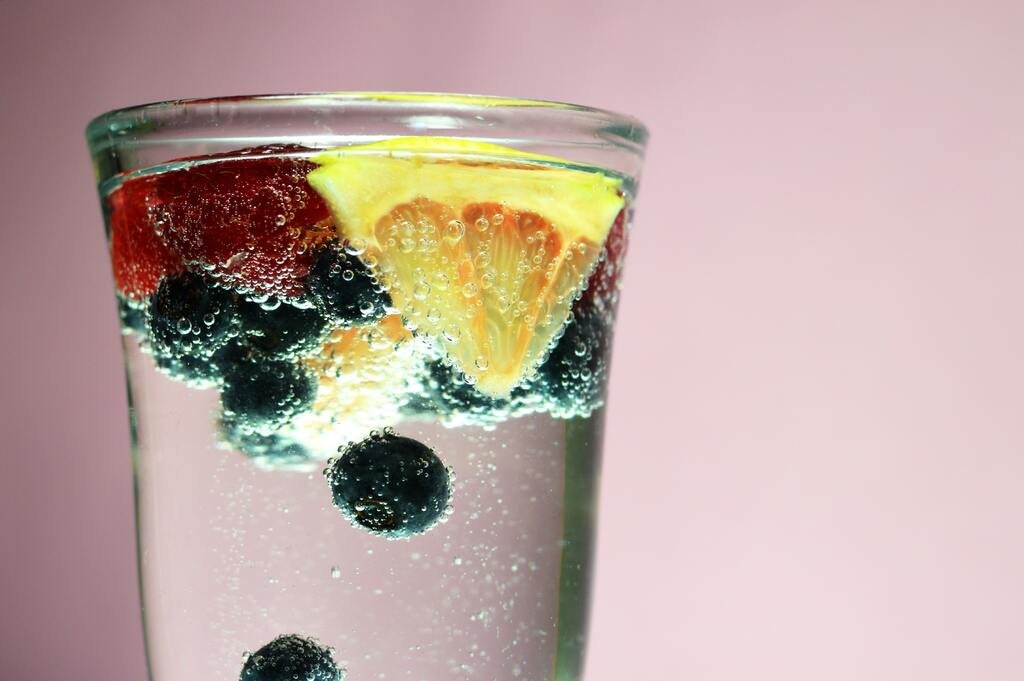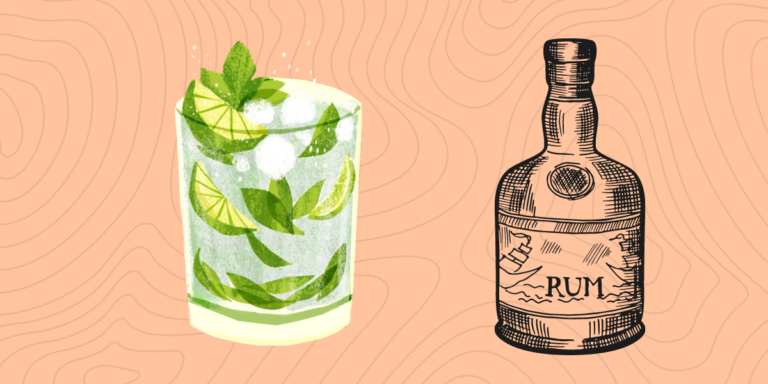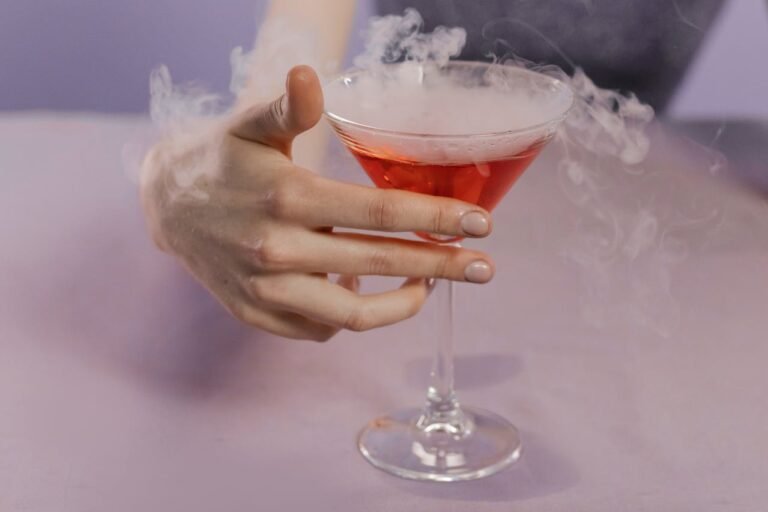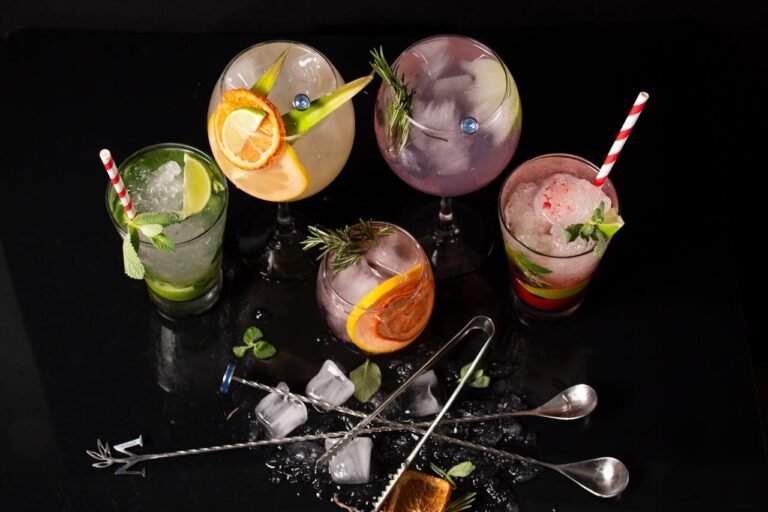The Ultimate Guide to Carbonating Cocktails Like a Pro
All you need is a carbonation device, like a soda siphon, and your chosen cocktail mix. The key is to cool your mix first, as cold liquids absorb carbon dioxide better. Then, use your carbonation device to infuse the cocktail with CO2, creating those delightful bubbles.

Here’s how to carbonate cocktails A step by step guide
Things you’ll need:
- Cocktail ingredients
- Soda siphon
- CO2 cartridges
- Strainer
- Cold water
- Ice
Equipment Needed to Carbonate Cocktails
To make carbonated cocktails, you need a piece of equipment that can infuse drinks with carbon dioxide (CO2) to create the bubbles.
Here are some common choices
- SodaStream – This popular home carbonation system uses a CO2 canister to infuse water with bubbles. Simply add your cocktail to the reusable bottle, connect to the CO2 canister, and press the carbonation button. SodaStreams are inexpensive, user-friendly, and give good carbonation control.
- iSi Whipper Canisters – Whipper canisters are designed to make whipped cream using nitrous oxide. But you can add cocktail ingredients instead, charge with gas, shake, and dispense carbonated drinks. They carbonate quickly and develop smaller, tighter bubbles.
- Carbonation Drops – These small drops or tabs contain CO2 that activates when added to liquid, creating carbonation. They provide light fizz and are super easy to use. Just add to a cocktail-filled glass or jar, wait, and stir.
- DIY Rig – For hobbyists, a homemade carbonation rig using CO2 gas, regulator, and bottle can provide ultimate control. But this setup requires more specialty equipment and expertise.
Step By Step Guide
Step 1: Make your cocktail
Mix your cocktail ingredients as you normally would, but avoid using anything with pulp or seeds (like fresh fruit juice) as it may block the soda siphon.
Step 2: Strain the cocktail
If you have ignored step 1 and have used fresh fruit juice, strain the cocktail through a fine mesh strainer before funneling it into the soda siphon to remove all the pulp and seeds.
Step 3: Fill the soda siphon
Pour your cocktail into the soda siphon until it’s about 2/3 full. You need to leave some space for the gas.
Step 3: Carbonate
Insert a CO2 cartridge into the soda siphon and close it securely. Shake the soda siphon vigorously for about 15-20 seconds. This helps to infuse the carbon dioxide into the liquid, creating a bubbly effect.
Step 4: Chill
Once your cocktail is properly carbonated, let it sit in the refrigerator for at least one to two hours. This lets the carbonation process complete so the bubbles become fully integrated into the drink.
Step 4: Serve
When you’re ready to serve, give the soda siphon another light shake, then slowly dispense the cocktail into a chilled glass. This should be done gently to avoid a rush of gas that could cause the drink to overflow.
Cocktail Ingredients that Work Well with Carbonation
Carbonation transforms the texture and sensation of a drink, adding effervescence and brightness to your cocktail.
So, here are some cocktail ingredients that work well with carbonation:
Spirits: Most spirits work well, however, always ensure you moderate your spirit to other liquids ratio. Overly alcoholic drinks can interfere with the carbonation process. Gin, Vodka, Tequila and Rum are all excellent bases for carbonated cocktails.
Citrus Juices: Freshly squeezed lemon, lime, or grapefruit juice can give the cocktail a nice tang, and they work well with carbonation.
Simple Syrup: To add a touch of sweetness to your carbonated cocktails, simple syrup is a great option.
Liqueurs: Whether it’s an orange liqueur, coffee liqueur, or something herbal, liqueurs can add depth of flavor to your carbonated cocktails. However, like with spirits, don’t go overboard to ensure a proper carbonation process.
Bitters: A few dashes of Angostura or Peychaud’s can enhance the effervescence and balance the more sugary ingredients.
Herb and Spices: Mint, Basil, Rosemary, Cinnamon, etc create more refreshing carbonated cocktails.
Fruit based shrubs: Fruit based shrubs work well for carbonated cocktails. The vinegar in the shrub aids the carbonation process and the fruit adds flavor and natural sweetness.
Wine: Wine is already somewhat carbonated so it works well for cocktails. Try a mix of still wine (like vermouth) and a spirit for a bubbly cocktail, or use sparkling wine for extra fizz.
FAQ
What do I need to carbonate cocktails at home?
To carbonate cocktails, you’ll need a carbonation device like a soda siphon or a CO2 cartridge system, cold water or a pre-chilled cocktail mix, and a sealable bottle if using a DIY carbonation setup.
Can I carbonate any type of cocktail?
Most cocktails can be carbonated, especially those without dairy or heavy pulp. Clear and fruit-based cocktails work best. It’s advisable to avoid carbonating creamy or thick drinks.
How long does it take to carbonate a cocktail?
The carbonation process is quick, usually taking just a few minutes once you’ve added CO2 to the mix. Ensure your cocktail is chilled for the best results.
Is carbonating cocktails safe?
Yes, when done correctly with the right equipment, carbonating cocktails is safe. Always follow the manufacturer’s instructions for your carbonation device to avoid over-pressurization.
How can I tell if my cocktail is fully carbonated?
You’ll know your cocktail is carbonated when you see bubbles forming in the liquid after releasing the CO2 into your mix. Taste testing is also a good indicator; you should feel the fizziness typical of carbonated beverages.




![10 Must-Try Aperitif Cocktails [Bartenders’ Favorites]](https://craftyourscocktails.com/wp-content/uploads/2024/05/pexels-charlotte-may-5947009-768x512.jpg)

